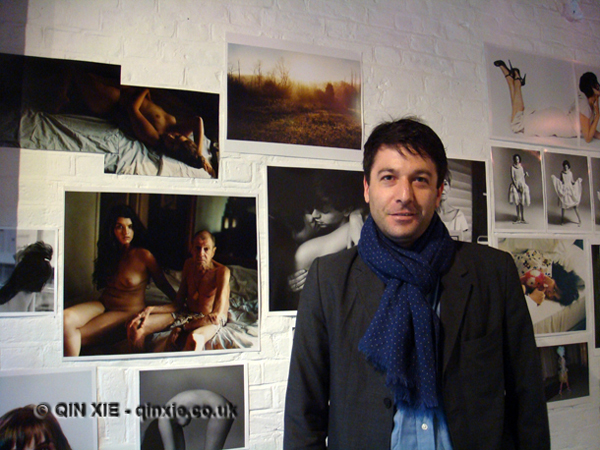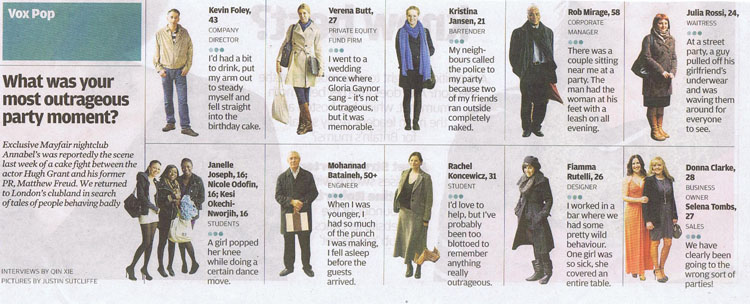Published on FT Workblogs on 1st June 2010:
Let me tell you a bit about myself. I had dabbled with the short-lived idea of becoming an accountant before graduating from the University of Bristol in 2008 with a degree in Philosophy and Economics. I then stumbled into a job for about a year and half before realising that really, I should have had the courage of my convictions at 16 to follow my dream of being a journalist. So an NCTJ course and a string of internships later, I have found myself at THE Financial Times feeling a little over my head.
My worry was not that I would be mocked for my journalism skills. This was serious journalism but I was well trained by this point and as an avid reader of newspapers, I thought I knew a thing or two. Rather, my concern was that I would be uncovered as a fraud in comparison to the real economists at the FT. This concern escalated when the tour of the editorial floors took me to the LEX column. As luck would have it, most of the journalists on floor one started around mid-day when news items began to flow in. Nevertheless, I looked at my feet and hurried past.
The Monday morning editorial meeting was certainly very insightful. A cool and composed Lionel Barber addressed the interns before whisking the team into a discussion about the previous weekend’s paper and upcoming news items. I tried not to breathe too loudly as I strained to hear and upon realising that I was not completely oblivious to the reports in the FT, that I still had a chance of holding down the fort, order was restored to my world. And a little smugness.
A comprehensive intern’s guide in hand and passwords at the ready, I was then sent to receive some intensive training in Méthode 4. Four hours later, I emerged bleary eyed but a little wiser to the ways of the FT. Having finally arrived at the Weekend Magazine desk in the late afternoon, where I was to intern for four weeks, I was launched straight into proofreading the copy for features to be printed at the end of the week. All in all, it was a fairly successful day one.
Inevitably I found myself blundering on day two by stumbling into a fully populated LEX section when I took a wrong turn at the stairs. Red faced, I shuffled out quickly thinking that anyone who saw me must have thought “who is this ridiculous impostor?” It was probably all in my head though because by day three I was already interviewing someone for “Meet the maker”. The rest of my week was packed with ideas research for future issues, fact checking, updating @FTweekendmag and proofreading copy.
So that was the hectic brilliance of week one. Now that I’m on the slightly steadier second week and judging by the tales of interns past, it could only get better.

